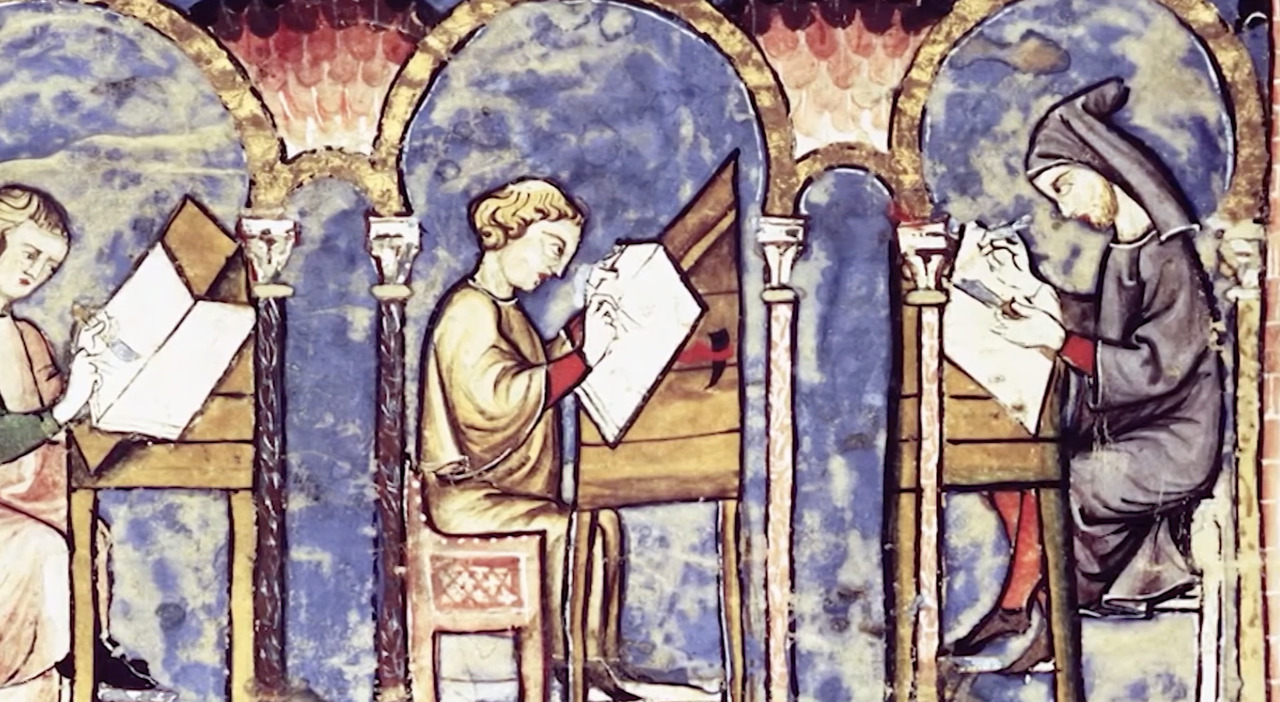Thursday 21 March 2024, 10:22
A concert by Pergolesi to celebrate the thousand years of the Abbey of Santa Maria di Grottaferrata (which will officially occur on December 17th of this year). On Saturday, March 23rd, in preparation for Holy Week, the Stabat Mater for soloists, strings, and organ will be performed (soprano Martina Paciotti, contralto Aurora Baiamonte, directed by the choir “San Basilio Il Grande” Brother Clemente Corsaro).
Grottaferrata, thieves enter the church and steal the offerings of the mass (in broad daylight).
The Choir was founded in September of 2020 and has about 20 singers. It mainly performs Greek melodies, which have been intoned by the monks of the Abbey since the year 1004. During the concerts, texts providing meditative insights are also read. Saint Basil the Great, the bishop of Caesarea, to whom the Choir is named after, was a philosopher, theologian, priest, and spiritual father to many monks in the 4th century. His rules inspire many communities in the history of monasticism.
Frascati, at the Museum of the Aldobrandini Stables the statue from the 1st century B.C found at Tuscolo.
The event on Saturday is the first of a long series of concerts throughout the year and with a deepening journey on the Divine Comedy. “The goal of Santa Maria di Grottaferrata - explains Father Egumeno Francesco de Feo, the main animator of the Millennial celebrations - is to continue to be a lung of spirituality. And a bridge between East and West”.
An enchanted garden near Rome: the park of Villa Aldobrandini and its monumental fountains.
The Abbey was founded in 1004 by a group of monks from Southern Italy, led by Saint Nilus of Rossano. The religious was born in Byzantine Calabria of Greek rite. But later, after living for a long time in the monasteries of Valleluce and Séper, he and his companions found hospitality in the monastery of Sant’Agata on the Tuscolan Hills, where there were the ruins of a large Roman villa, perhaps belonging to Cicero. The current monastery developed precisely from that place. And the basilica of the monastery was consecrated on December 17, 1024. During the celebrations of the Millennium, which will also intersect with the Jubilee of 2025, there will be various spiritual, archaeological, historical, philological, and liturgical insights. In particular, conferences, concerts of Byzantine music, and also a theatrical representation of the life of Saint Nilus. Particular attention will be paid to ecumenical dialogue, peace, and the meeting of cultures. “This was the project of the founder. And this continues to be our dream”, concludes Father De Feo.
© ALL RIGHTS RESERVED
This article is automatically translated
